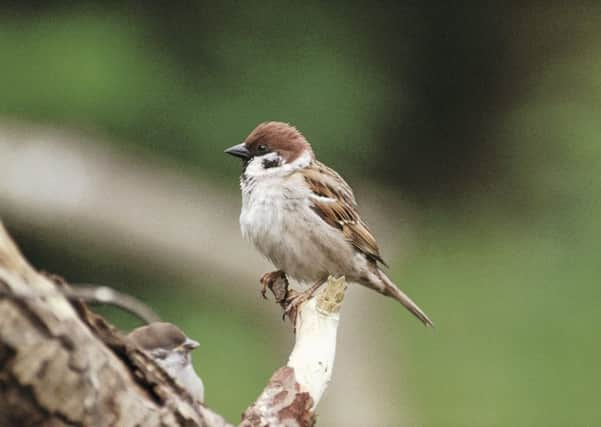Colin Strang Steel: Songbird decline is a damning legacy


The fact that the UK supports a billion-pound conservation industry suggests we are concerned. So why then are we allowing local and regional disappearance of some species to head towards national extinctions? Plenty of birds are doing very well: pigeons, crows, jackdaws, magpies and some birds of prey. There have also been huge increases in predators and scavengers such as domestic and feral cats, non-native grey squirrels, foxes and badgers. But these predators and scavengers all compete with or dine on songbirds, their eggs and nestlings.
To claim, as some do, that predators and prey naturally find their own balance is plain wishful thinking or disingenuous. We haven’t had a self-regulating eco-system since Neolithic times and virtually all predators are generalists and opportunists. They happily consume food from rubbish dumps and road kill. As for the further claim that predators only take a doomed surplus: hasn’t it been noticed many songbird populations are in deficit?
Advertisement
Hide AdAdvertisement
Hide AdHuge numbers are killed by cats - the Mammal Society estimates 55 million annually - with tens of millions more taken by sparrowhawks. This, combined with the number gobbled up by the likes of magpies, crows, jackdaws, jays, grey squirrels, foxes and badgers, appears unsustainable.
Mankind is now the sole mammalian apex predator, but we have gone soft - hooked on anthropomorphic TV, from Disney to the BBC’s Countryfile. Historically, we have managed the balance of our wildlife. But this subject has become taboo. Most of our largely urban population can’t bear the thought of anything being killed, unless the animal is perceived as a pest.
Much of the conservation community is now conflicted over predator control. Declining wildlife is good for business, attracting huge sums in NGO memberships and millions in legacies. Adopting a robust policy on controlling unnaturally abundant predators and scavengers, let alone “cute” destructive invasive alien species like the grey squirrel, could alienate much of this support.
Predator control is also a no-go area for politicians, who are too easily intimidated by the animal rights lobby.The prevailing line has long been that songbird decline is solely due to habitat loss and modern farming. But our broadleaved woodland has actually increased by a third since the Second World War. Hedgerows are up 11 per cent since 1990. Yet songbird numbers are still falling or flat-lining. Good science is vital, but this alone will never be enough to restore biodiversity. We need to address all drivers of decline to reverse the fortunes of songbirds. As well as continuing to restore degraded habitat and mitigate the impact of modern farming, we must wake up to the fact that control of some other species is necessary. The cultural disconnect from the realities of wildlife management has become a scandal here in Scotland. We will be leaving a shameful legacy of impoverished biodiversity for our grandchildren if we continue to do nothing about it.
lColin Strang Steel is owner of Threepwood estate, Scottish Borders, and trustee of Songbird Survival conservation charity